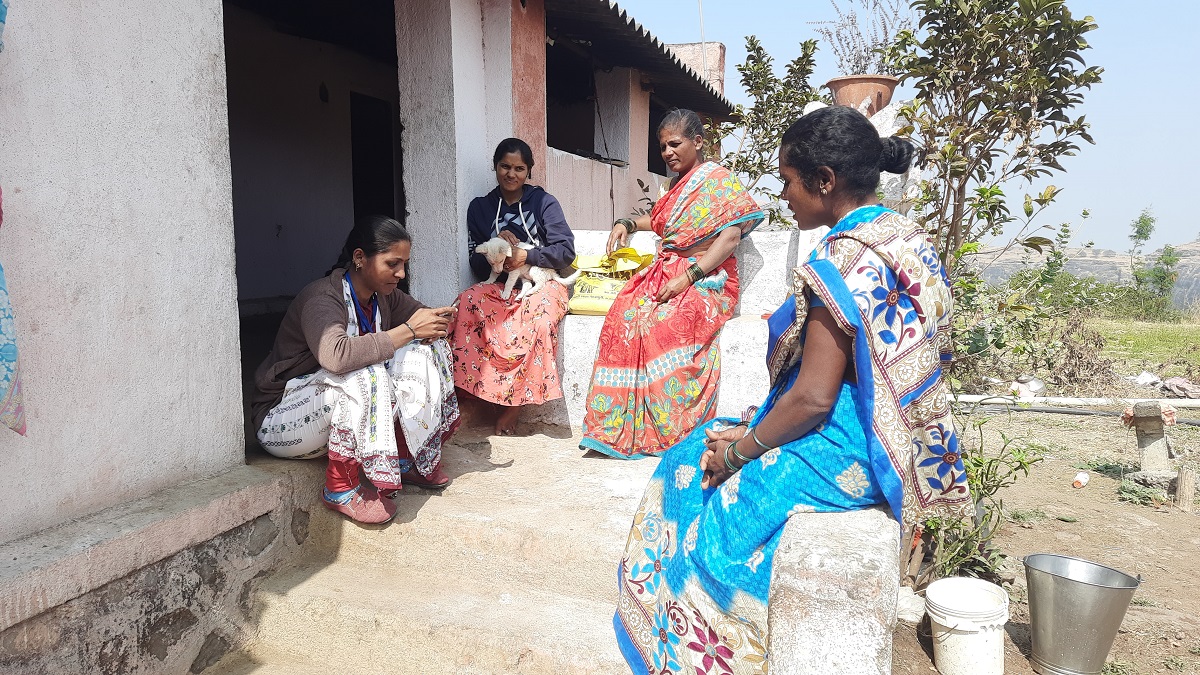The ingenuity of women in the realm of entrepreneurship stands as a testament to their remarkable resilience and creativity. Reflecting on history, it often occurs to me that while many groundbreaking inventions are attributed to men (at least as per our school textbooks), women have been instrumental in enhancing the quality of life through their invaluable innovations. In my own home, whenever we had buttermilk, my grandmother used to advise me to apply some on a curry leaf plant afflicted by disease. When I asked her why, she would share that her own grandmother had passed down similar wisdom. How did her grandmother discover that buttermilk served as a source of calcium for plants and had disease-controlling properties? During those times, there were no established science laboratories. Perhaps you too have cherished memories with your grandmother, rooted in such everyday wisdom.
In the CSR domain, discussions about women empowerment initiatives often revolve around stereotypical notions that women’s empowerment through entrepreneurship is primarily linked to tailoring, farming, and livestock rearing. While there is some truth in this perspective, it’s important to recognize that factors like women’s limited access to education or early dropout rates from primary education have contributed to this emphasis on skill-based activities in CSR programs. Corporations often design short-term interventions to prioritise diversity and reach a broader population within a shorter time frame, rather than investing several years in a single location. Consequently, entrepreneurship models centered on tailoring and livestock rearing are relatively straightforward to implement and have indeed empowered many women to earn a consistent monthly income, thanks to the guidance and support provided.
However, this pattern also underscores the repetitive nature of these interventions, as they target a larger pool of beneficiaries, potentially fostering competition among them. Based on my firsthand field observations, I believe there is a pressing need to explore different avenues for women’s entrepreneurship development.
The latest National Family Health Survey(NFHS 5 2019-21) provided positive insights on women empowerment.

Source: main.mohfw.gov.in/sites/default/files/NFHS-5_Phase-II_0.pdf
The above chart illustrates the progress in women’s participation in household decision-making, asset ownership, the opening of bank accounts, and the usage of mobile phones. This transformation can be attributed to various factors, particularly government initiatives such as Jandhan Yojana, Mudra, and Suraksha Bima Yojana, which have played pivotal roles in improving financial inclusion. Additionally, Corporate Social Responsibility (CSR) programs focused on enhancing financial literacy have made remarkable contributions.
Only through such efforts can we hope to witness more success stories like that of Shweta Thakare, hailing from drought-prone villages, who co-founded the agritech startup ‘GramHeet’. Her endeavour focuses on uplifting farmers by strengthening the market linkage system, and her remarkable achievements have earned her a well-deserved place in the Forbes list of ‘top 100 startups’.
Other inspirational women include Meena Gangurde, who set up 250+ biogas plants for farmers in rural India; Rohini Patil, the founder of the ‘Forest Honey’ brand, and Nidhi Gavad, who pioneered agricultural tourism in her village. Indeed, there are numerous grassroots examples that demonstrate women’s entrepreneurial capabilities. In Maharashtra alone, there are a total of 311 Women Farmer Producer Companies. Likewise, countless other instances abound where women have proven their entrepreneurial mettle by identifying problems and providing innovative solutions.
Sustaining these successes hinges on our ability to confront and challenge the patriarchal mindset that persists within us. It requires each of us to reevaluate our actions and attitudes. Otherwise, we risk perpetuating a situation where, despite India’s claim of reserving one-third of seats for women, grassroots decision-making remains largely dominated by male members, with women merely called upon to append their signatures to documents.




